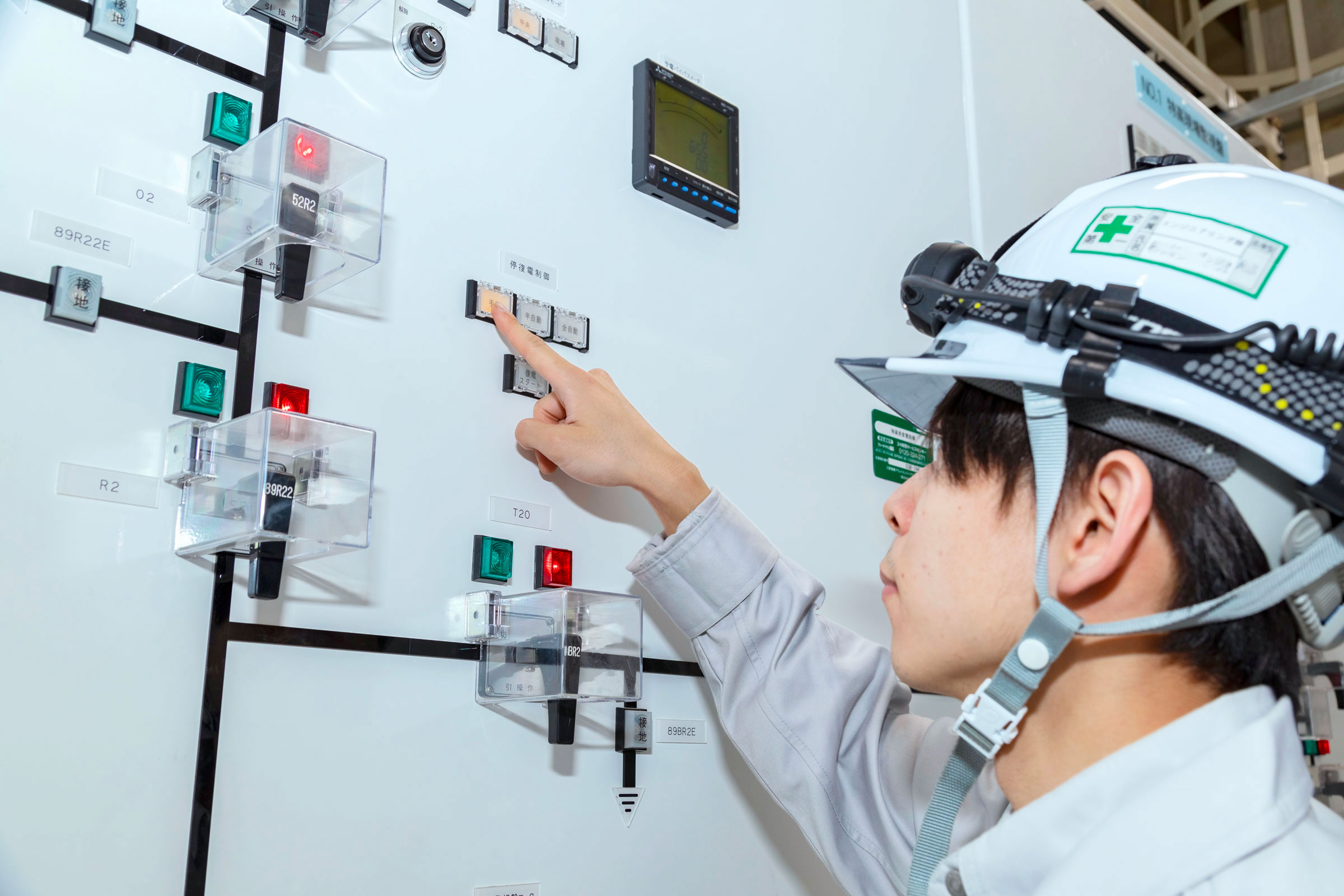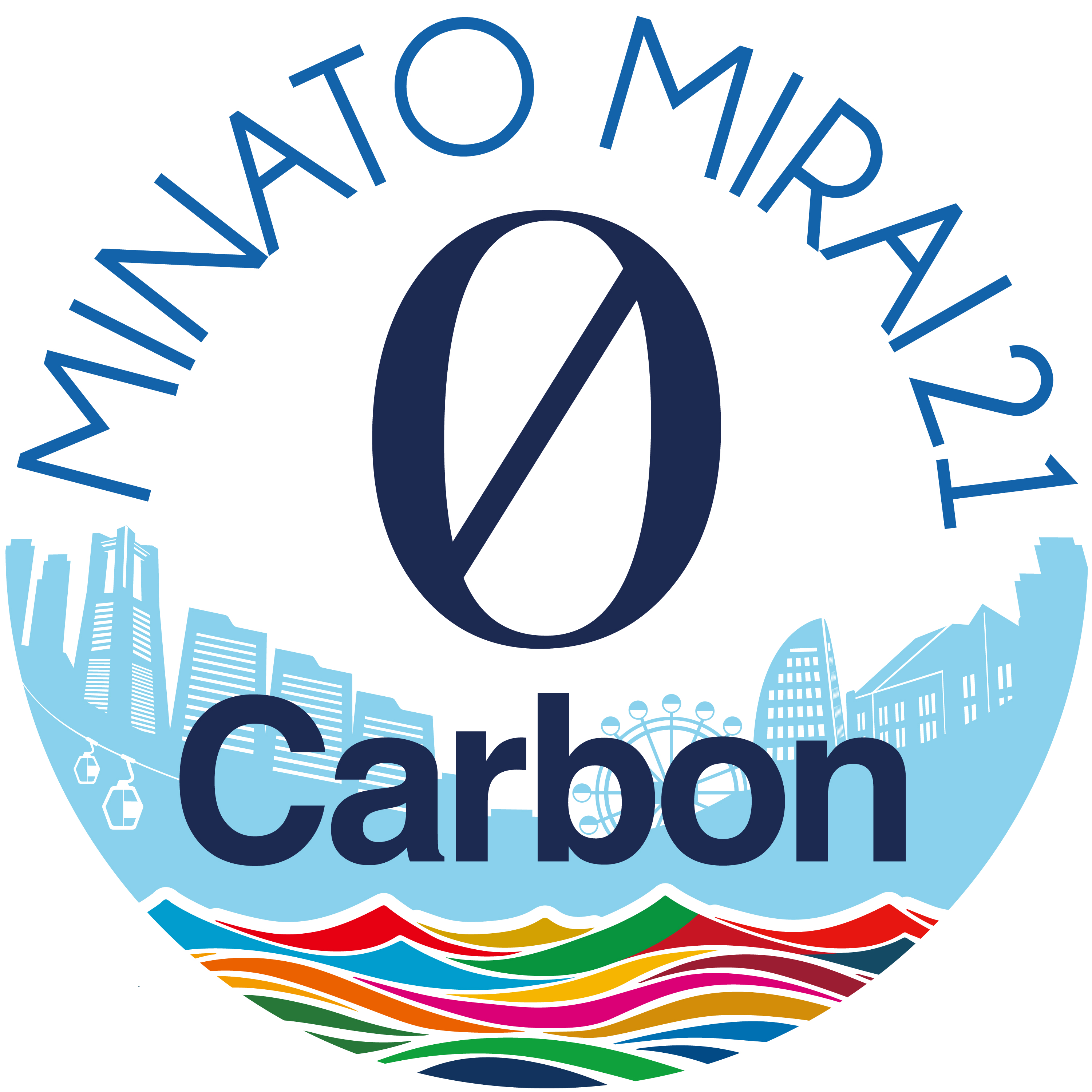- 1. Japan’s largest MM21 DHC is Japan’s largest single district heating and cooling area.
- 2. High efficiency MM21 DHC is contributing to improving the district’s environmental performance by boosting its energy efficiency.
- 3. Stable energy supply Two plants provide backup for each other, enabling continuity of operation in emergencies.
- 4. Decarbonization MM21 DHC contributes to the decarbonization of the Minato Mirai 21 district.
Company Profile
Minato Mirai 21 District Heating and Cooling (MM21 DHC) Co., Ltd. is an enterprise that supports the Minato Mirai 21 district with a high-efficiency district heating and cooling (DHC) system.
As our corporate philosophy states, “We contribute to enhancing urban value through the supply of energy.” By providing a DHC, we are working to improve the district’s environmental performance while delivering a stable supply of thermal energy.
Basic Data
| Date established | October 30, 1986 |
|---|---|
| Capital | ¥3 billion |
| Number of employees | 67 (as of June 2024) |
| President and Representative Director | Eriko Yakushiji |
| Net sales | ¥11.23 billion (fiscal year ended March 31, 2024) |
| Headquarters | 1-45, Sakuragicho 1-chome, Naka-ku, Yokohama, Kanagawa 231-0062, Japan |
What You Need to Know About MM21 DHC
| Start of supply (1989) | Today (April 2024) | |
|---|---|---|
| Floor area served | 7,155 sqm | 4,546,670 sqm |
| Number of households served | 1 | 68 |
Japan’s Largest
Total floor area served by MM21 DHC is 4.24 million sqm. This is the largest single DHC area out of 136 DHC areas across Japan (as of March 2023).
Since DHC operations began in 1989, MM21 DHC has grown along with the development of the Minato Mirai 21 district.
High Efficiency
As the district grew, MM21 DHC introduced state-of-the-art equipment to boost efficiency. Through coordination among plants, priority was given to use of the latest equipment throughout the district, enabling the DHC to improve energy coefficient of performance (COP) and reduce CO2 emission intensity.




Stable Energy Supply
Operators thoroughly versed in the running of heat-source equipment are stationed at the DHC’s two plants round the clock, 365 days a year. These technicians conduct detailed inspection and maintenance daily, preventing obstruction of energy supply.
Decarbonization
In close consultation with residents, the City of Yokohama and Yokohama Minato Mirai 21 Co., Ltd. (YMM) are leading the construction of a decarbonization model for large urban areas.
MM21 DHC is contributing to the decarbonization of Minato Mirai through a wide range of measures, aiming to achieve zero carbon emissions in the use of electricity to produce heat by 2030.

